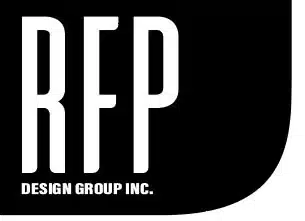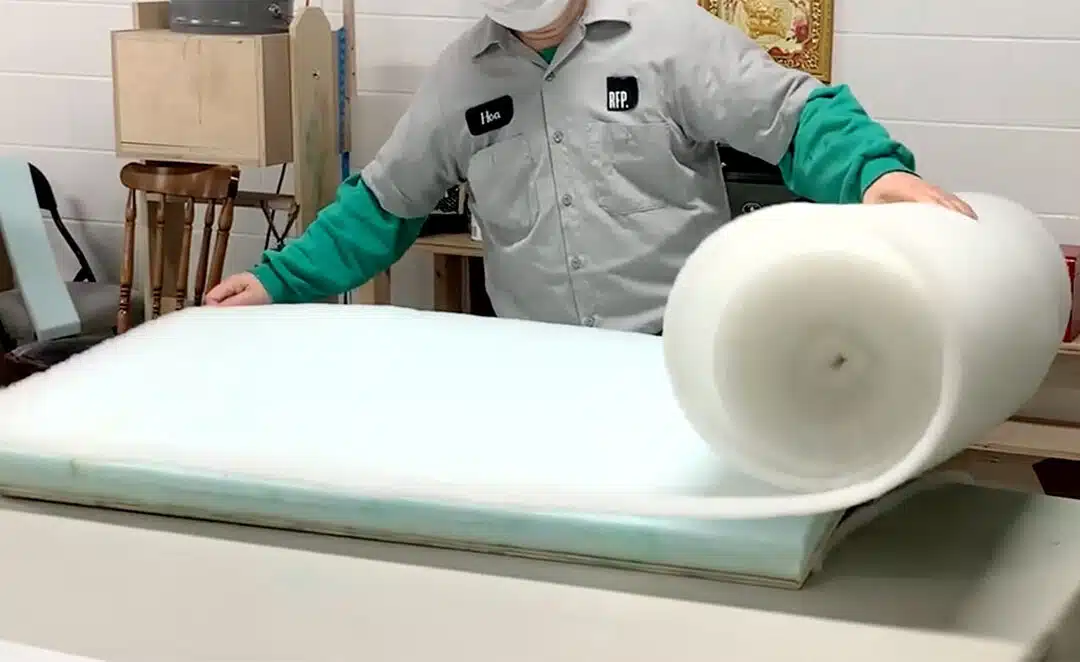For such soft materials, choosing the right cushion filling can be a hard decision. Here’s how foam and down cushions compare.
Seating is one of the most important custom furniture projects you can take on – a room without proper seating is a room no one can (or would want to) spend a lot of time in. But then again, what good is a banquette, chair or ottoman that’s all style and no comfort, or vice versa? That’s why RFP specializes in upholstered seating – there are many variables to getting the right mix of function, material, design, and style of seating to suit a space, and we have years of experience to help you through this process.
When it comes to cushions, for example, there are two different materials you will likely choose between: foam and down. Here’s a brief summary the pros and cons of each one.
Foam
Foam is the most common material for seating that’s expected to be high-traffic, low-maintenance, and long-lasting; this is where the durability of high-density foam comes in handy for both seat or back padding. The thicker or denser the foam is, the more it will rebound to its natural shape after being compressed. Foam is best for styles or designs that require a crisp, clean line – or for anyone who can’t stand a creased cushion. While full foam is best for commercial spaces that may prioritize endurance, easy care, and slick style over at-home comfort, there are still some types of foam that are useful for residential projects like memory foam or super soft foam (though low-density foams will likely degrade faster than high-density materials). The varying types of foam densities make this a cost-effective and adaptable choice for custom seating units.
Down
Typically made from either duck feathers or goose down, down cushions are for pieces that need to exude comfortable, lived-in style. As opposed to synthetic foam cushions, down is a grouping of soft natural fibers that conforms much more easily to the shape pressed into it; it’ll be a softer place for someone to land, but they’ll leave their impression behind. Down cushions won’t necessarily bounce right back into shape, and tend to need regular fluffing to preserve their lifespan as well as the proper look of the piece. Sometimes to give a piece more structure, cushions can be sewn to place the down into specific areas – take puffy winter coats for instance (which also get their warmth from down insulation). With down cushions, you get a higher comfort factor but with somewhat of a higher price tag than foam cushions as well.
Cushions don’t have to be an either/or choice. It’s common to mix foam densities or even to mix foam and down in the same piece to get the desired effect. RFP can mix and match foam and down according to what the specific project requires: crisp lines and extreme comfort, a lived-in aesthetic without constant fluffing? The right combination – including environmentally friendly or hypoallergenic options – is out there for your next custom seating project.

